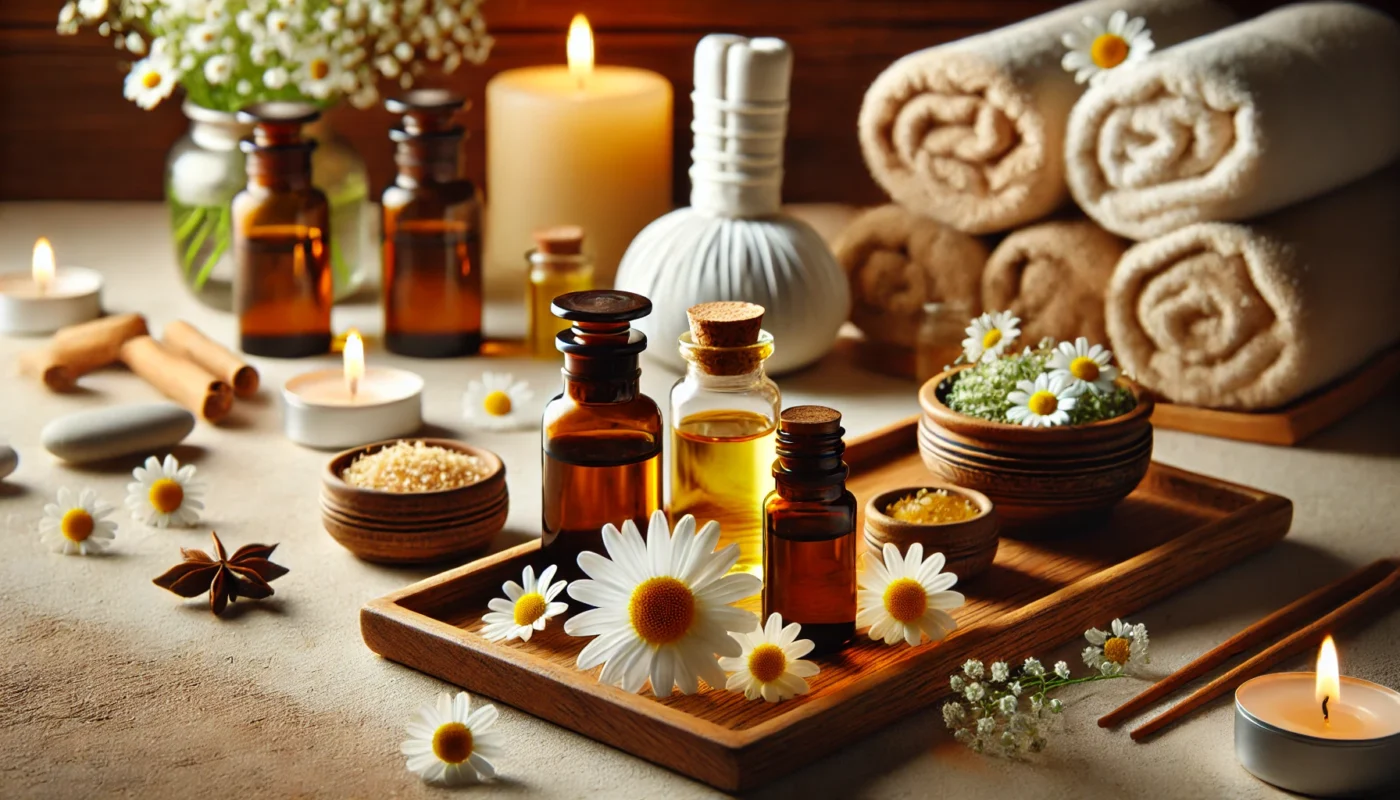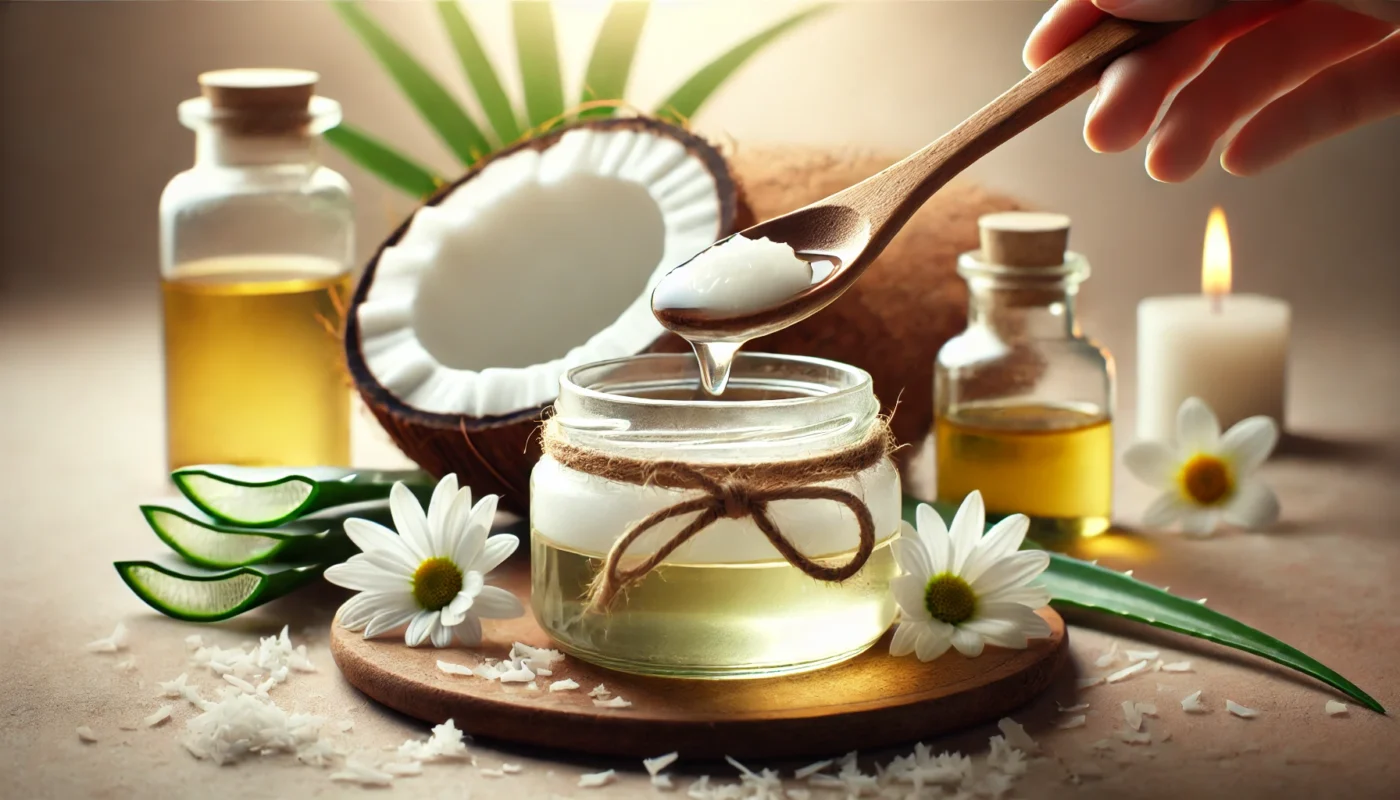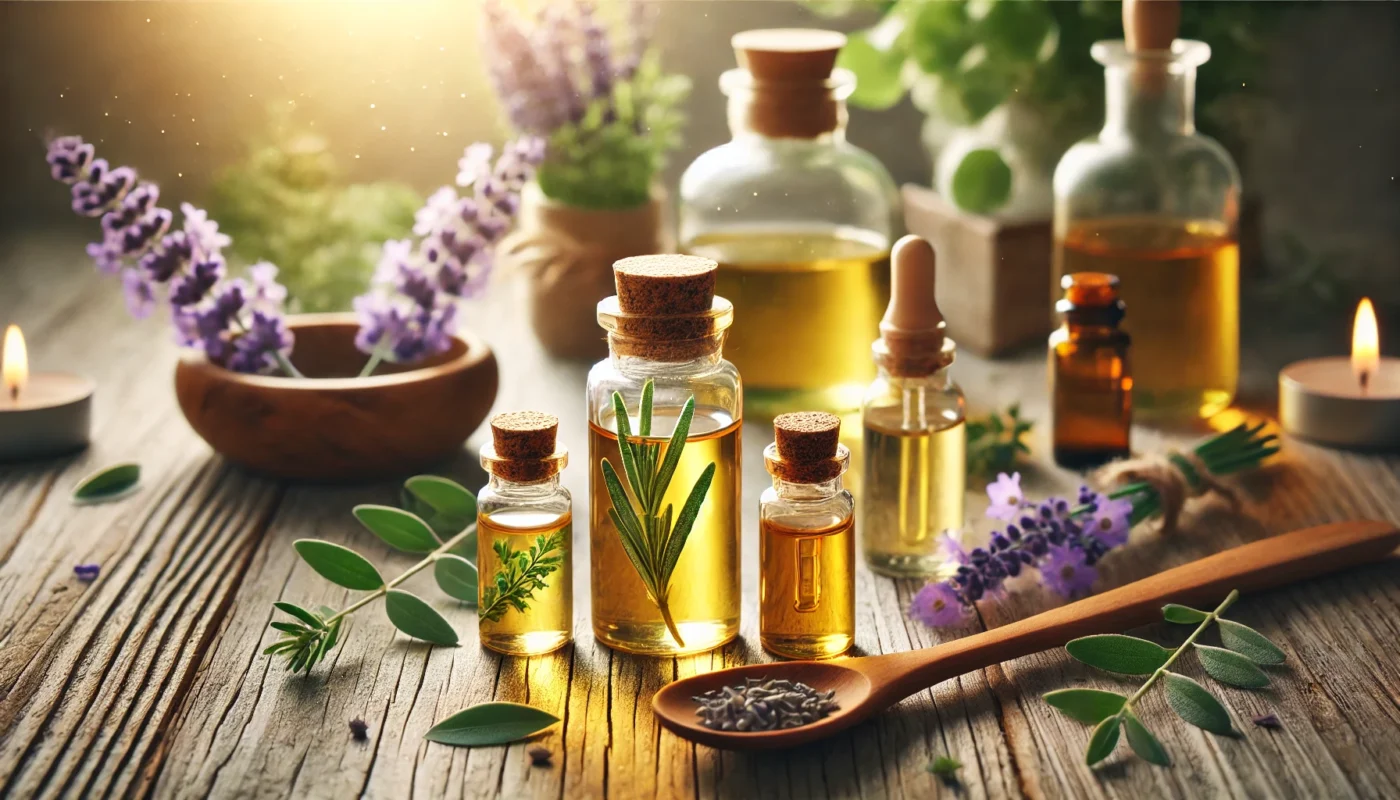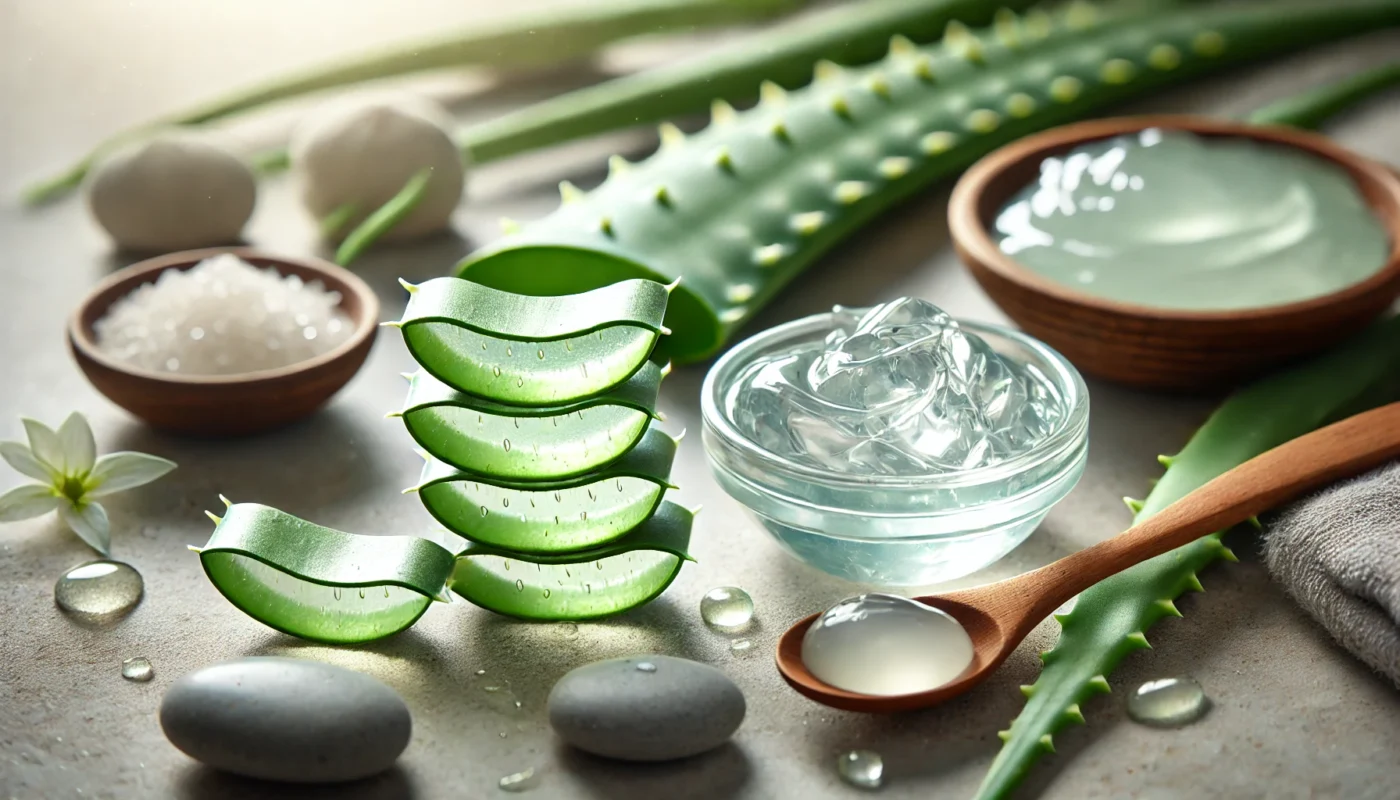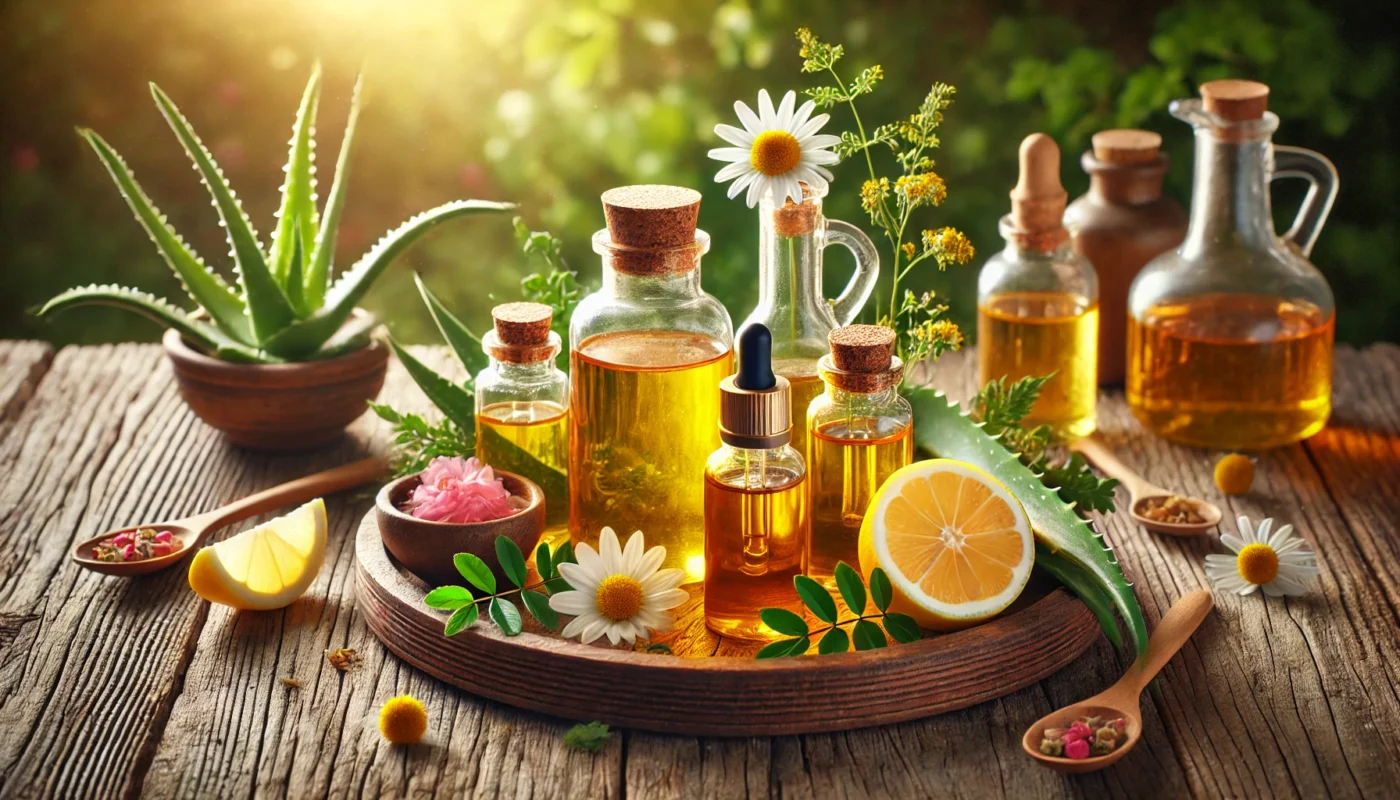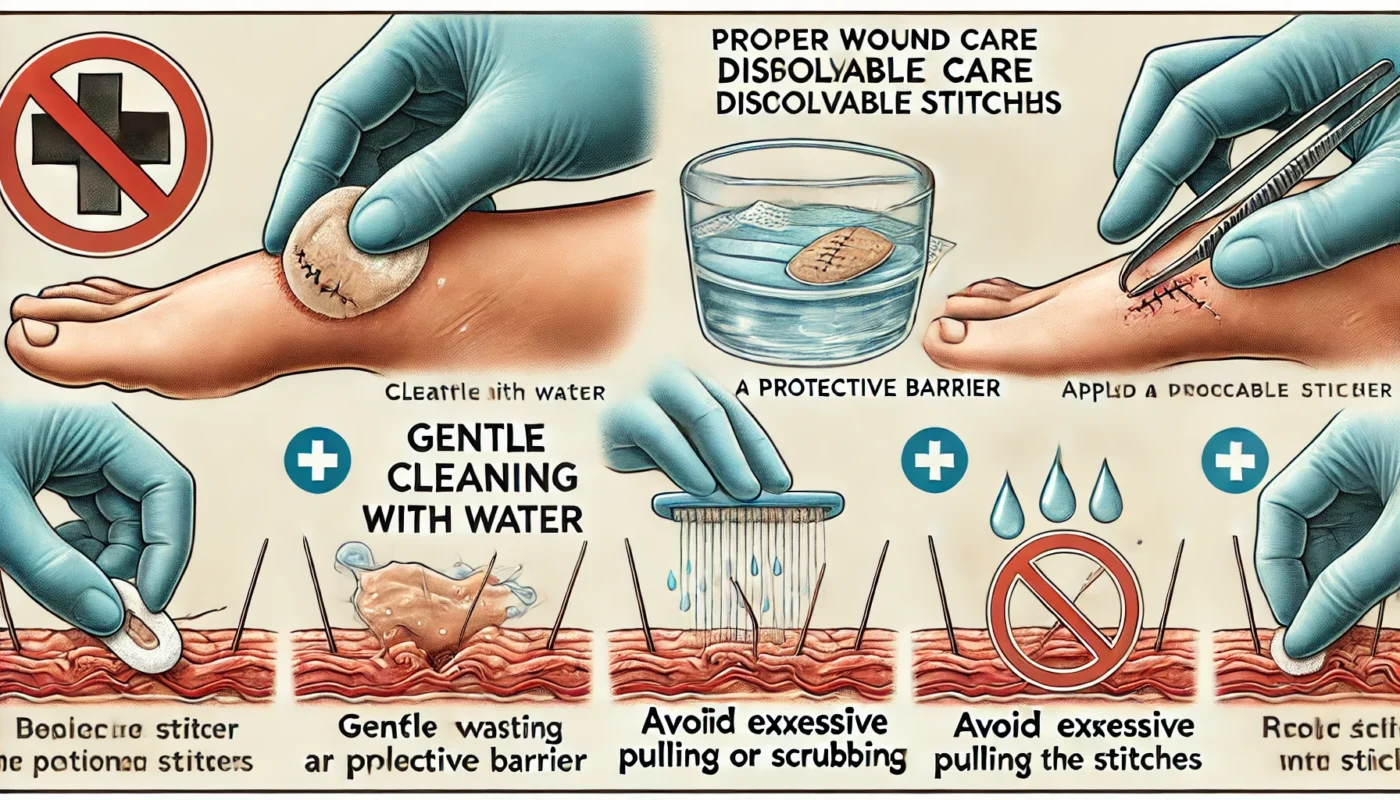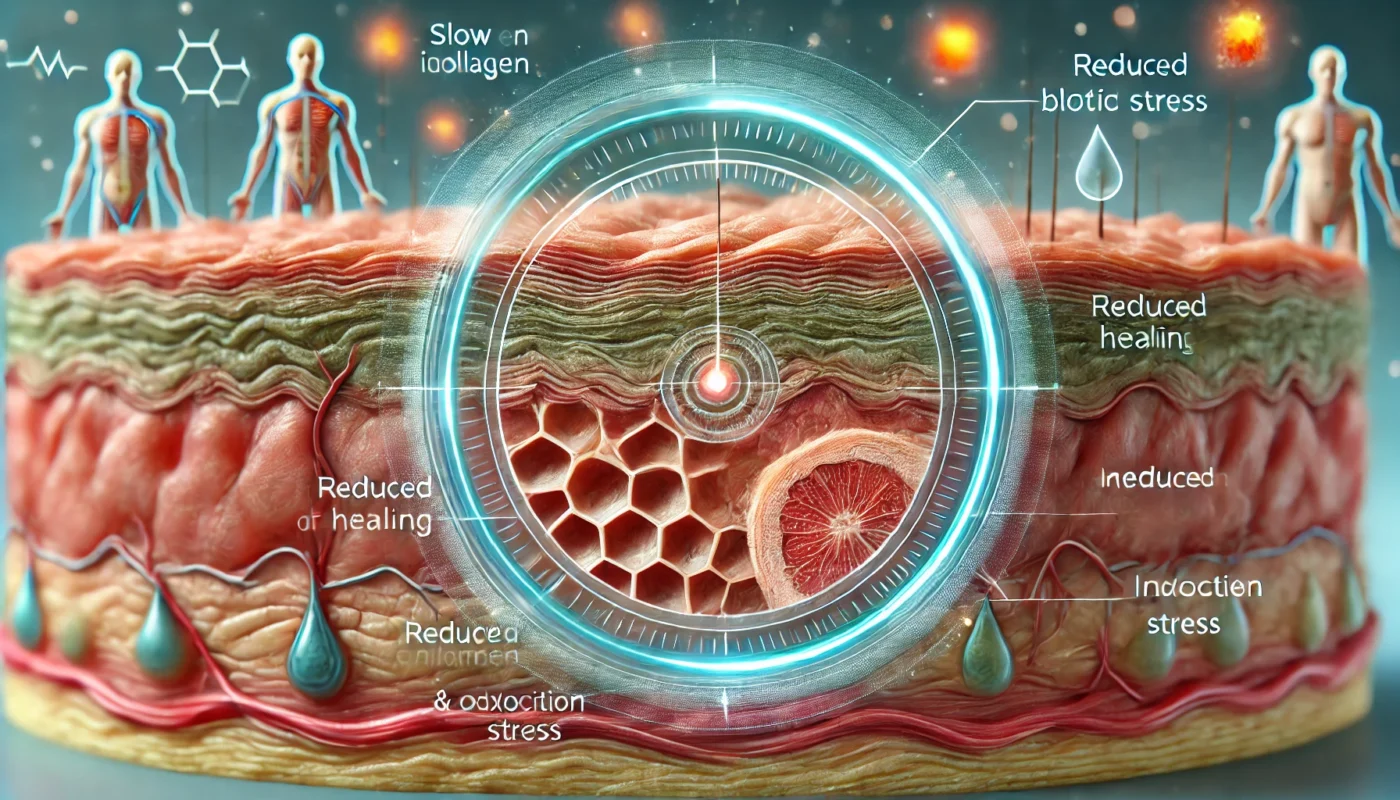Pain management encompasses a variety of treatments aimed at reducing discomfort and improving quality of life. While conventional methods include medication and surgery, natural remedies such as essential oils provide a complementary approach that minimizes side effects and enhances overall wellbeing. Essential oils contain potent compounds that can alleviate pain and inflammation, offering a natural pain therapy option.
Tag Archives: Essential Oils
In the realm of natural remedies, coconut oil has carved out a notable niche for itself. Known for its multifaceted applications, this tropical oil is not just a culinary delight but also a potent agent in the realm of skincare. Among its numerous benefits, its ability to soothe skin irritation stands out. For those grappling with the discomfort of rashes, coconut oil might just be the gentle, effective solution you seek.
Essential oils are concentrated plant extracts that capture the plant’s scent and flavor, or “essence.” The extraction process involves distillation or mechanical methods, such as cold pressing, to obtain the purest form of the plant’s natural oils. Each essential oil has unique compounds that contribute to its characteristic fragrance and therapeutic properties. When it comes to wound care, essential oils can offer antibacterial, antifungal, anti-inflammatory, and analgesic benefits.
Aloe vera has long been hailed as a miraculous plant, renowned for its impressive healing properties, particularly for the skin. Its use in traditional medicine spans thousands of years, with cultures across the globe praising its ability to soothe, heal, and rejuvenate. But what is it about this succulent plant that makes it such a potent ally for skin healing? In this article, we delve into the myriad benefits of aloe vera for skin healing, backed by scientific research, and provide practical advice for incorporating this botanical wonder into your skincare routine.
Before diving into the specific oils, it’s essential to understand how scars form. Scars are the result of the natural healing process following an injury to the skin. They form when the dermis, the second layer of skin, is damaged. The body produces collagen fibers to repair the damage, and this fibrous tissue results in a scar. Although scars are a natural part of healing, they can sometimes be aesthetically displeasing or uncomfortable.
Before exploring holistic approaches, it’s essential to understand what arthritis entails. Two common types are osteoarthritis (OA) and rheumatoid arthritis (RA). OA is a degenerative joint disease, while RA is an autoimmune disorder where the body’s immune system attacks its joints.
Alternative medicine encompasses a wide range of practices that fall outside conventional medical treatments. These methods focus on treating the whole person—mind, body, and spirit—rather than just the symptoms of the disease. When it comes to pain management, alternative treatments can include physical, psychological, and nutritional strategies.
In our day-to-day lives, we often encounter minor injuries such as abrasions or “scrapes.” These seemingly insignificant wounds, though common, can raise questions about healing time and proper care. Whether you’re a fitness enthusiast, a health enthusiast, or someone recovering from an injury, understanding the abrasion wound healing process can empower you to manage these injuries effectively. This article delves into the intricacies of healing, offering insights and practical advice to optimize recovery.
Caring for dissolvable stitches, also known as absorbable sutures, is an essential component of post-surgical recovery. Whether you’ve undergone a simple procedure or a complex surgery, understanding how to properly care for these stitches can significantly impact your healing process. Dissolvable stitches are designed to be absorbed by your body over time, thus eliminating the […]
Wound healing is a complex physiological process involving multiple stages: hemostasis, inflammation, proliferation, and remodeling. Each phase is critical and interdependent, requiring a well-coordinated effort from various cells, growth factors, and enzymes. When any of these components are disrupted, impaired wound healing can occur.
- 1
- 2

